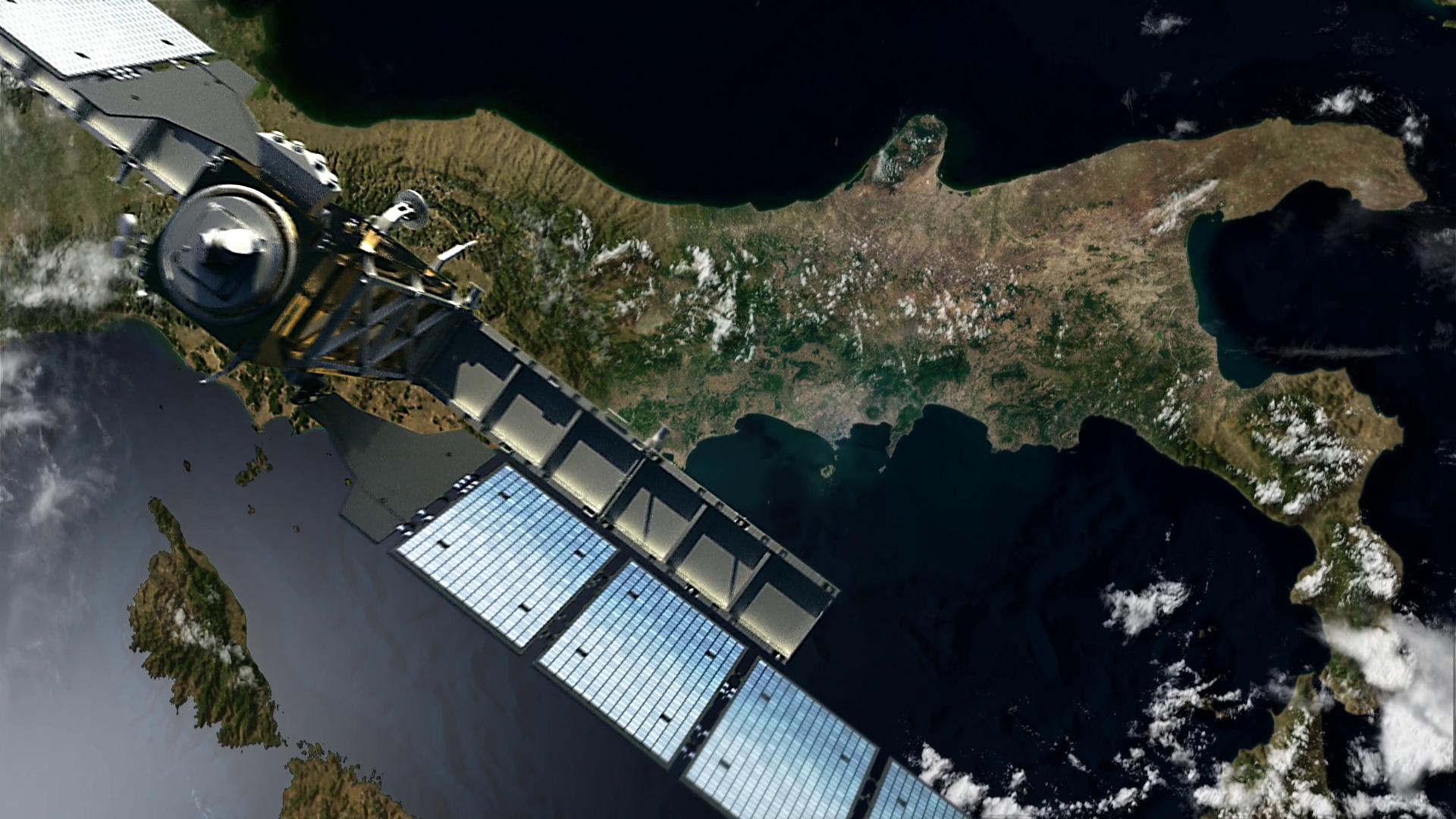The Synthetic Aperture Radar (SAR) Market is a crucial segment of the global radar industry, experiencing significant growth and technological advancements in recent years. To understand the dynamics of this market, a comprehensive supply chain analysis is essential. The SAR supply chain encompasses various stages, from raw material procurement to the end-users.
The first stage of the SAR supply chain is the sourcing of raw materials and components. Key elements like radio frequency modules, radar antennas, signal processors, and power sources are procured from specialized manufacturers. These components form the foundation of SAR systems and must meet stringent quality standards to ensure accurate and reliable performance.
The next stage involves Synthetic Aperture Radar (SAR) Market system assembly and manufacturing. Major radar system manufacturers play a vital role in this phase, integrating the sourced components into fully functional SAR systems. These manufacturers invest heavily in research and development to incorporate cutting-edge technologies and improve system capabilities.
Once the SAR systems are ready for deployment, they move to the distribution stage. Distributors and resellers are essential players in this phase, responsible for reaching the products to various markets and end-users across the globe. They manage inventory, handle logistics, and provide essential support to customers, contributing to the efficient flow of SAR systems.
The end-users, such as government agencies, defense forces, scientific organizations, and commercial entities, form the final link in the supply chain. These entities utilize SAR systems for a wide range of applications, including environmental monitoring, disaster management, agriculture, maritime surveillance, and defense purposes.
The SAR supply chain is further influenced by several factors, including advancements in radar technology, government regulations, international trade policies, and geopolitical considerations. Additionally, the emergence of new players in the market and the consolidation of existing ones also impact the supply chain dynamics.
Overall, the Synthetic Aperture Radar (SAR) Market supply chain analysis highlights the collaborative efforts of various stakeholders, from raw material suppliers to end-users. Efficient coordination and integration among these participants are vital to meet the growing demand for SAR systems, foster technological innovation, and enhance the capabilities of these radar systems in diverse applications. As the Synthetic Aperture Radar (SAR) Market continues to evolve, keeping a close eye on the supply chain dynamics will be crucial for stakeholders to identify opportunities for growth and maintain a competitive edge in this dynamic industry.
